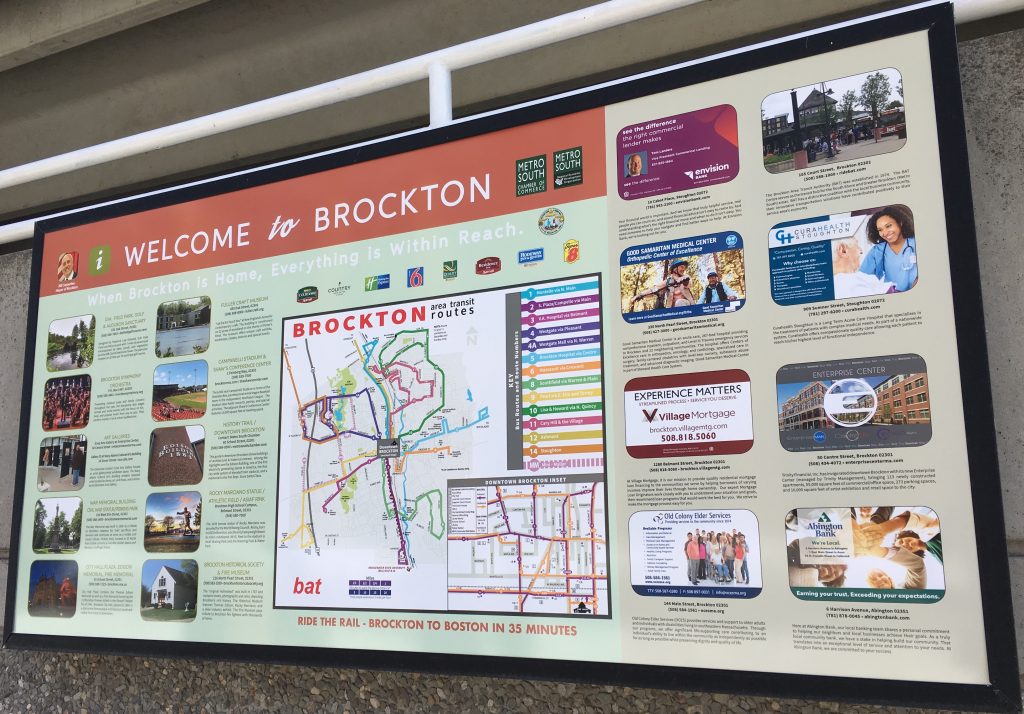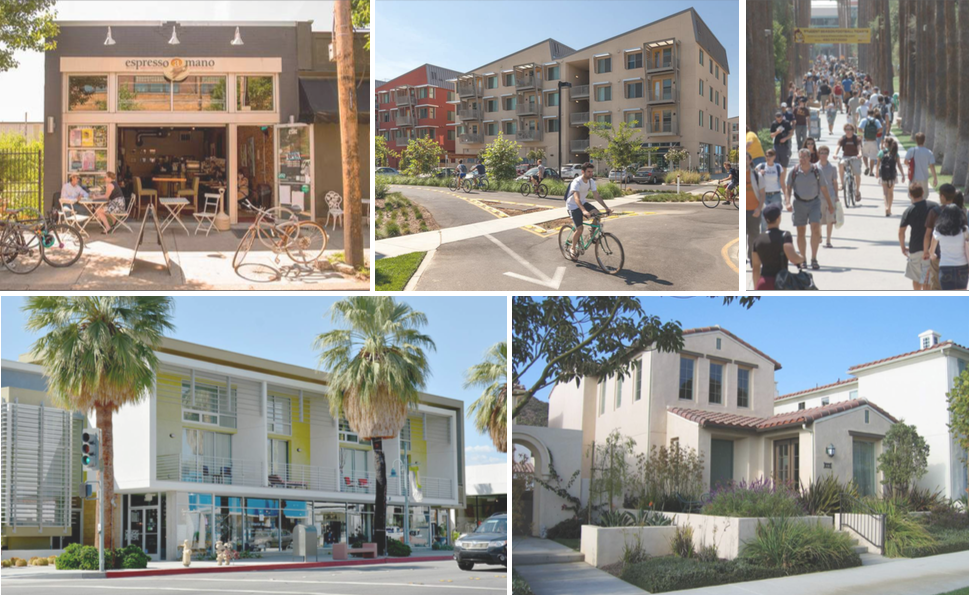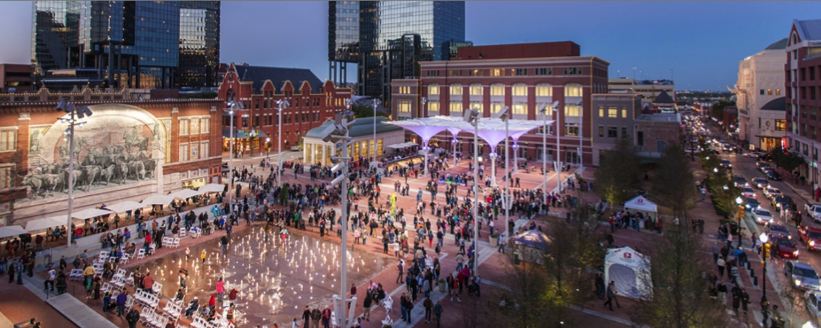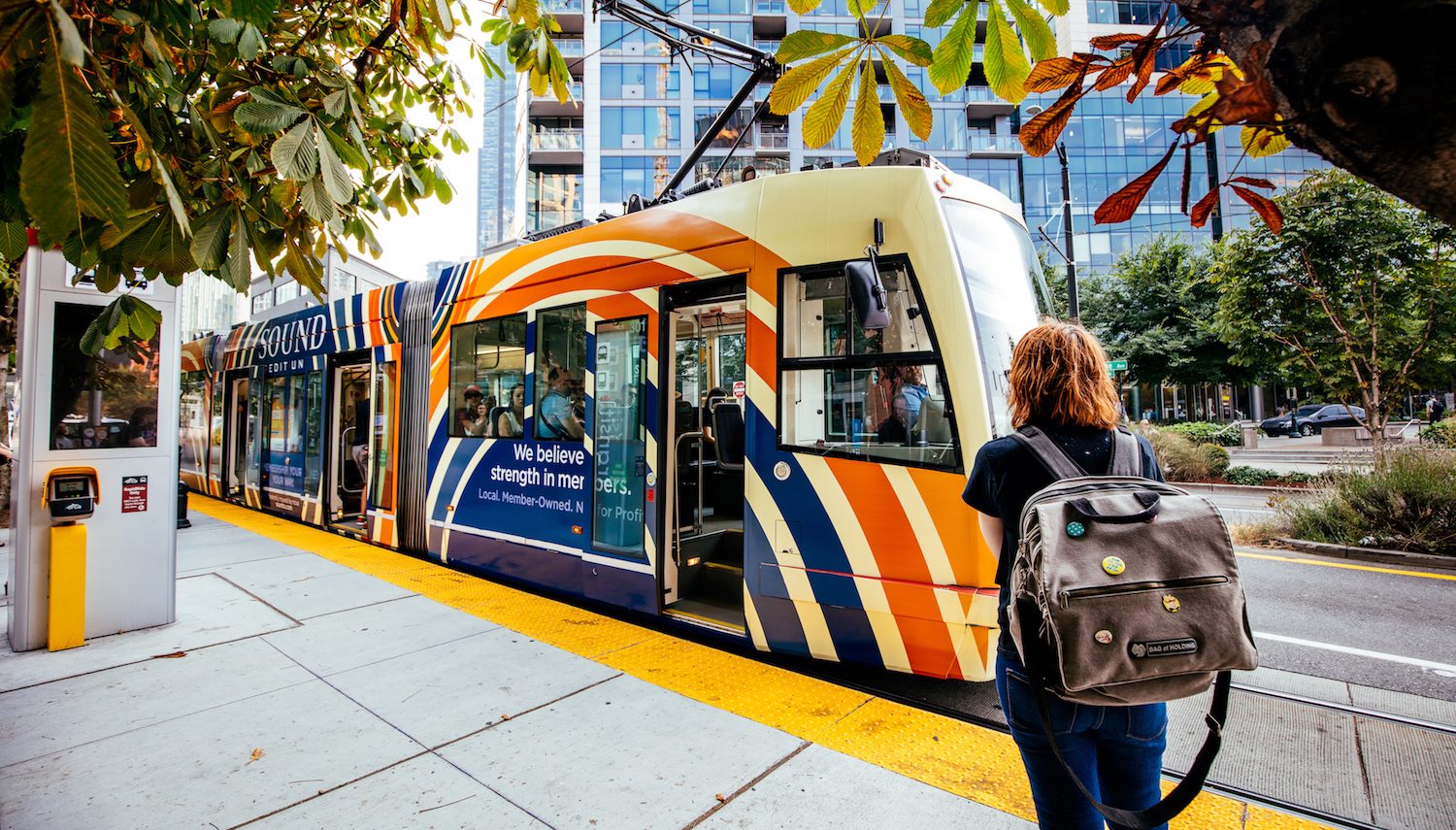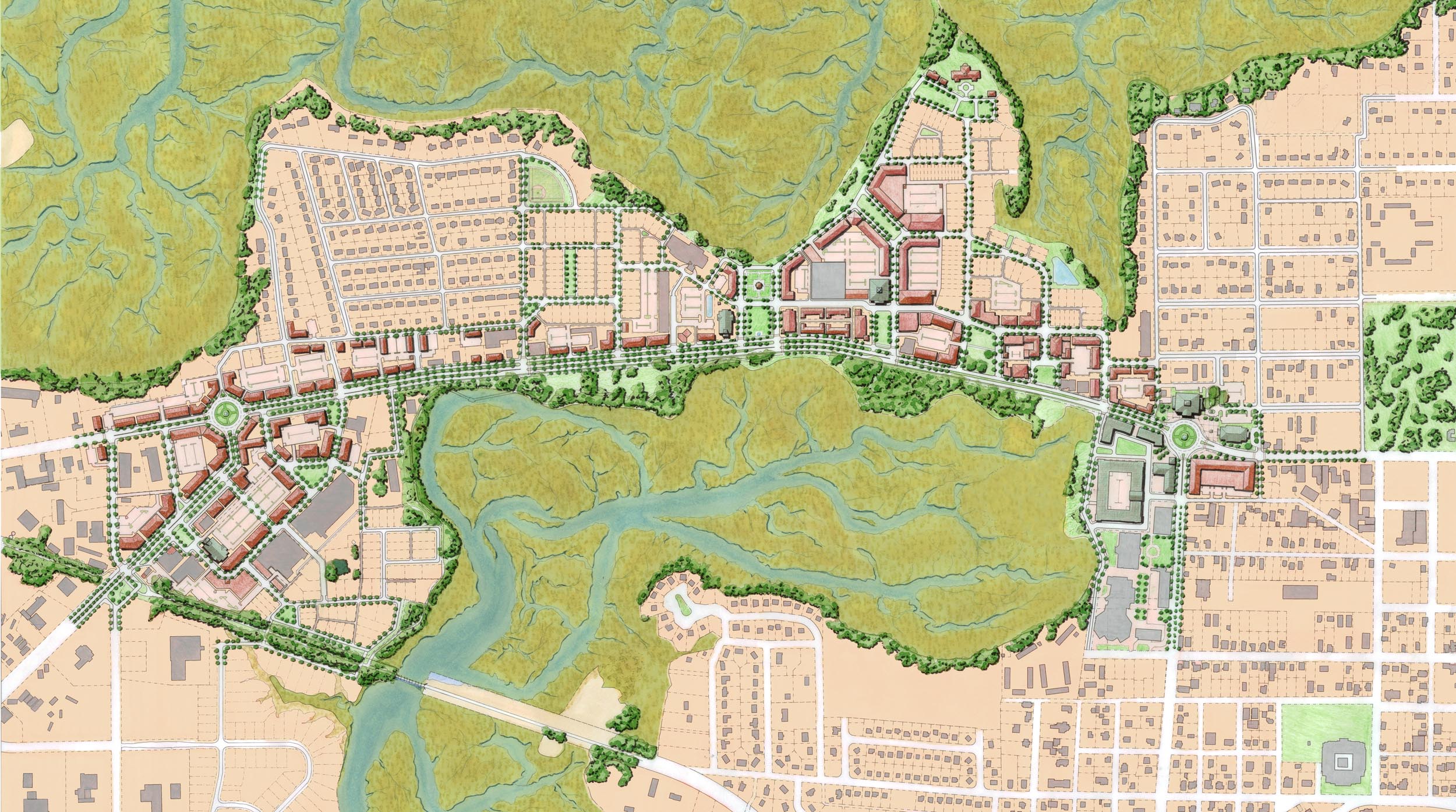 Chris Duerksen (left) and Roger Millar (right) lead Alcoa, TN’s technical assistance workshop on smart growth zoning for small cities.
Chris Duerksen (left) and Roger Millar (right) lead Alcoa, TN’s technical assistance workshop on smart growth zoning for small cities.
The aluminum industry brought jobs and new residents to Alcoa, TN over the last 100 years. Now the city is working to evolve and remain vibrant for 100 years to come. An update to the city’s development and zoning codes is one way they’re making that happen.
To get that project off the ground, the City of Alcoa and the Knoxville Regional Transportation Planning Organization (TPO) welcomed Smart Growth America and Clarion Associates for a technical assistance workshop on September 1 and 2, 2015. Roger Millar, Smart Growth America’s Vice President of Technical Assistance, and Chris Duerksen, Clarion’s Senior Counsel, met Alcoa leaders and community members to talk about smart growth zoning codes for small cities. The workshop was designed to show how zoning code changes can help create vibrant town centers within small cities, as well as how more compact, walkable development can boost the local economy and reduce public expenses.
